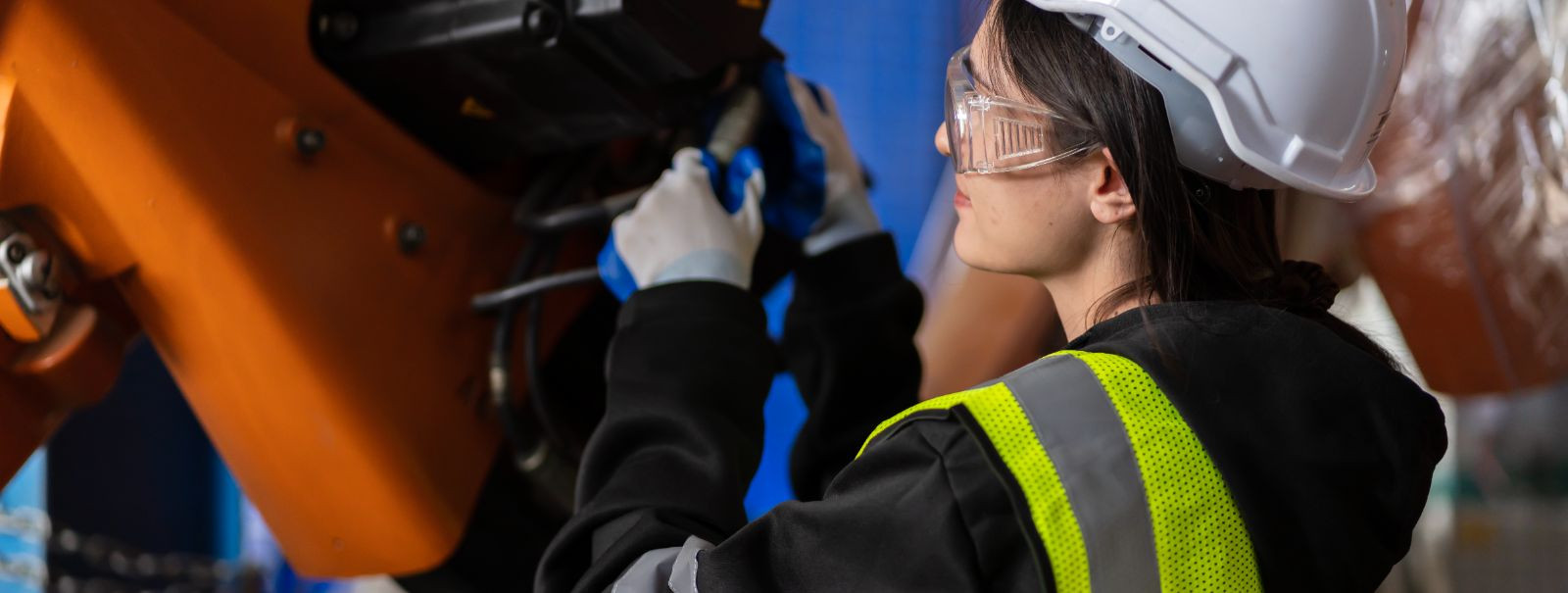5 tips for efficient on-site assembly
Efficiency in on-site assembly is a critical factor that can significantly impact the success of a construction project. In this blog post, we will explore five actionable tips that construction companies can implement to enhance their on-site assembly processes.
Understanding On-Site Assembly
Efficiency in construction not only saves time and reduces costs but also improves the overall quality of the finished structure. It is essential for meeting project deadlines and satisfying client expectations.
On-site assembly comes with its own set of challenges, including logistical complexities, weather dependencies, and coordination among various teams. Overcoming these challenges is key to a streamlined construction process.
Tip 1: Pre-Planning and Design Optimization
Employing advanced design and planning software allows for precise pre-planning, which can identify potential issues before they arise on-site. This proactive approach saves time and resources during the assembly phase.
Adopting modular design principles can simplify on-site assembly. By creating components that can be easily connected, construction teams can reduce complexity and speed up the building process.
Tip 2: Standardization of Components
Standardizing components across projects can lead to economies of scale, reduced waste, and a more efficient assembly process. It also makes it easier for teams to become proficient in the construction process.
Developing a system for standardization requires an initial investment but pays off by reducing the time spent on custom solutions for each project.
Tip 3: Skilled Workforce Training
Having a skilled workforce is crucial for efficient on-site assembly. Proper training ensures that all team members are up to date with the latest construction techniques and safety protocols.
Investing in continuous training and development programs for your workforce can lead to improved efficiency and better on-site problem-solving capabilities.
Tip 4: Utilizing the Right Tools and Equipment
Quality tools and equipment are indispensable for efficient on-site assembly. They ensure precision, speed up the assembly process, and reduce the risk of errors.
Staying abreast of technological advancements in tools and equipment can provide a competitive edge by further enhancing efficiency and productivity on-site.
Tip 5: Streamlined On-Site Processes
Effective communication among all stakeholders is essential for coordinating on-site activities and preventing misunderstandings that can lead to delays.
Implementing just-in-time delivery and efficient inventory management can minimize on-site clutter, reduce waste, and ensure that materials are available when needed.






Comments (0)